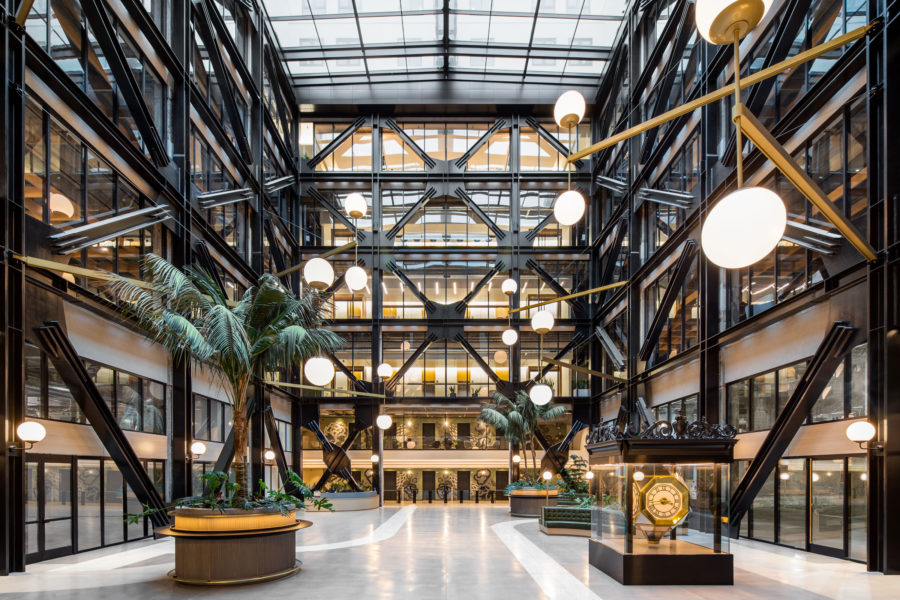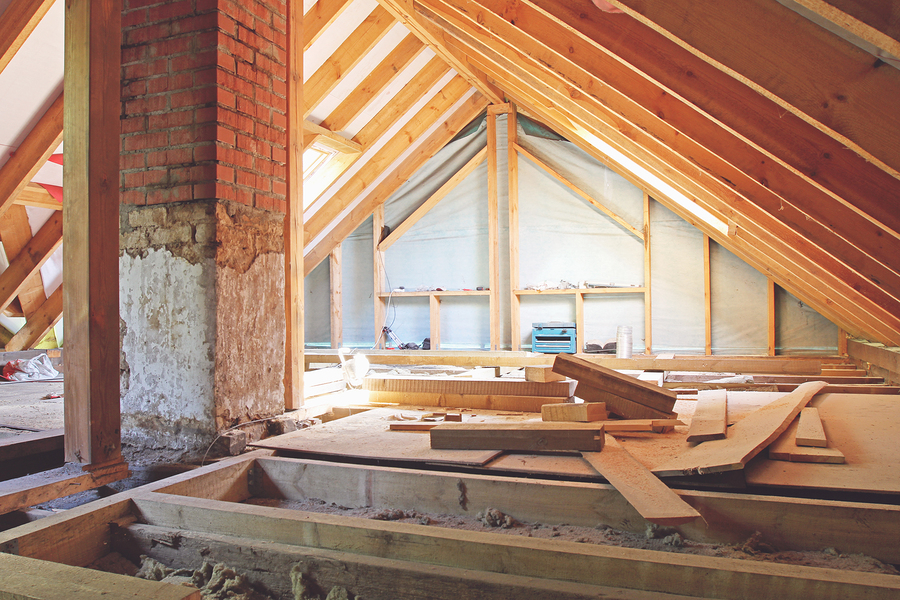Embracing green construction planning tips is essential for anyone looking to build sustainably. This approach not only minimizes environmental impact but also maximizes efficiency and long-term cost savings. Whether you are a homeowner or a real estate developer, understanding how to integrate green methods into your construction project is crucial. In this article, we will delve into various aspects of green construction planning, offering practical advice and insights that resonate strongly with your needs.
The importance of incorporating green construction techniques cannot be overstated as we progress into a future that demands environmentally conscious decisions. Such strategies not only adhere to ecological standards but also contribute to better economic incentives in the long run. Lets explore the main facets of why and how you can implement these sustainable practices effectively in your upcoming projects.

1. Understanding Green Building Principles
At its core, green building involves utilizing eco-friendly materials, energy-efficient technologies, and sustainable planning methods. Understanding these principles is the first step toward a successful green construction project. Buildings are designed to use resources more efficiently, often incorporating renewable energy sources like solar panels and wind turbines.
Benefits of Green Building
There are numerous benefits to green building, from reducing utility costs through energy efficiency to improving occupant health by using non-toxic materials. By decreasing water usage and minimizing waste, buildings also lessen their environmental footprint significantly.
2. The Role of Sustainable Materials
An essential part of green construction is choosing materials that are sustainable and have a low environmental impact. Using recycled or locally sourced materials can greatly reduce the carbon footprint of a project. Materials like bamboo, recycled metal, and reclaimed wood are popular choices in the industry.
Innovative Materials
In recent years, there has been a surge in innovative materials designed for sustainability. Biodegradable materials and those that improve air quality indoors represent the future of green construction.
3. Energy Efficiency in Building Design
The design phase of a construction project presents numerous opportunities for incorporating energy-efficient elements. Features like high-performance windows, insulation, and energy-efficient HVAC systems contribute to a buildings energy performance.
Implementing Renewable Energy
Solar panels, wind turbines, and geothermal energy systems can be integrated into building designs to offset energy use and reduce reliance on non-renewable sources.
4. Water Conservation Techniques
Water efficiency is a core component of green construction planning. Implementing water-saving fixtures and rainwater harvesting systems allows for significant reductions in water consumption.
Rainwater Harvesting
Collecting and utilizing rainwater is a sustainable way to minimize water use. This practice helps conserve municipal water supplies and reduces the need for artificial irrigation systems.
5. Waste Reduction Strategies
Minimizing construction waste can have substantial environmental benefits. Strategies such as using pre-fabricated components or designing modular structures can help reduce waste.
Recycling Construction Waste
By recycling materials like metal, wood, and concrete, builders can divert a significant amount of waste from landfills.
6. Incorporating Smart Technologies
Incorporating smart technologies into buildings can enhance their sustainability. Automated systems can manage energy use more efficiently, reducing resource consumption.
Smart Homes
Smart homes use advanced technology to monitor and control systems like lighting and heating, paving the way for more efficient energy use.
7. Planning for Indoor Environmental Quality
Ensuring a buildings indoor air quality is maintained through proper ventilation, natural lighting, and using materials that do not off-gas harmful chemicals.
Importance of Air Quality
Good air quality contributes to the well-being of occupants, which is a key consideration in green building design.
8. Getting Certified with LEED
Obtaining LEED certification is a recognized way to validate a buildings environmental performance. This certification helps in establishing credibility and creating value through sustainability.
9. Costs and ROI of Green Construction
While its true that green construction may involve higher upfront costs, the long-term savings and increased property value provide significant returns on investment.
Long-term Savings
The savings from reduced energy bills and maintenance costs eventually outweigh the initial investment, making green buildings a wise financial decision.
10. Engaging Stakeholders in Sustainable Practices
Involve stakeholders by educating them about the benefits of sustainable practices and how their contribution makes a substantial impact.
Community Engagement
Engaging the community in sustainability initiatives can help garner support and drive mutual success.
11. Addressing Common Challenges in Green Construction
Some challenges include higher upfront costs, limited availability of materials, and the need for specialized labor. Addressing these effectively ensures the success of your project.
Overcoming Material Shortages
Planning ahead and sourcing materials early can alleviate potential shortages during the construction process.
12. Monitoring and Improvement After Construction
Maintaining the sustainability of a building is an ongoing process that requires monitoring and periodic upgrades.
Using Monitoring Systems
Implementing systems to track energy use and adjust settings ensures facilities perform optimally.
13. The Role of Government Policies
Government policies can incentivize green construction through tax credits and rebates, making it attractive for developers.
Tax Incentives
Utilizing available tax incentives can reduce overall project costs and encourage sustainable choices.
14. Future Trends in Green Construction
Innovations in technology and materials foretell a bright future for green building, offering even more efficient and sustainable solutions.
Emerging Technologies
As technology evolves, its application in construction will lead to smarter and more sustainable building practices.
15. Factors Affecting Market Adoption of Green Building
Market adoption depends on consumer awareness, economic benefits, and regulatory support. Enhancing these factors can accelerate adoption rates.
Consumer Awareness
Educating consumers about the benefits of green building can increase demand and drive industry growth.

FAQs
What are the main benefits of green construction planning?
Green construction planning offers environmental benefits like reduced carbon footprint, economic advantages such as lower utility costs, and health improvements by using non-toxic materials.
How does LEED certification benefit construction projects?
LEED certification validates a projects sustainability, improving its market appeal and potentially increasing its value. More information can be found on the USGBC website.
What are some simple ways to incorporate green construction techniques?
Incorporating techniques like using sustainable materials, improving energy efficiency, and implementing smart technologies can be simple and effective steps toward sustainability.
For more inspiration on sustainable practices in construction, you can learn more here.
For practical insights on managing construction-related costs, visit articles like Replastering A Pool Cost and Electricity Usage Of Pool Pumps to understand comprehensive cost management.
This article contains affiliate links. We may earn a commission at no extra cost to you.




